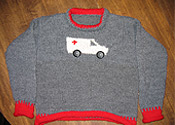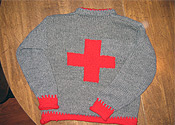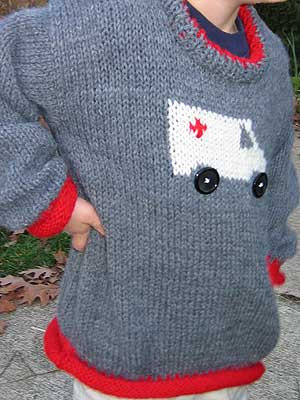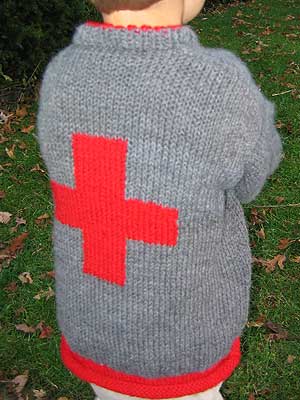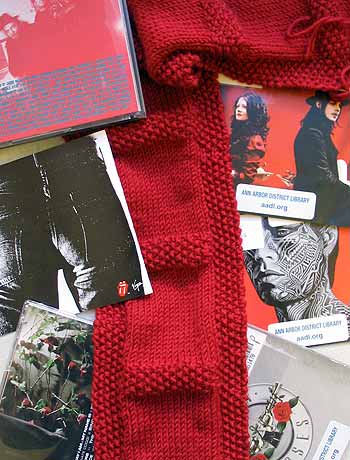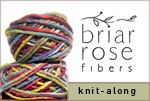doula ethics: discuss
The initial comments (at MamaMidwifeMadness):
I want my client to know that the OB practice she has chosen includes two amazing OB's who I'd be delighted to birth with myself, but also one physician who (nurses report surrepticiously) is almost single-handedly responsible for the hospital's not insignificant c-section rate and abusive horror stories from teenage and other under-served mothers. I can't tell her this.The critique (at Grabapple):
I can see that she fears retaliation if she breaks the code, if she passes on a rumor…even if she tells the client it may just be a rumor. I get the feeling there are consequences for breaking the protective silence around patient abuse that nurses, midwives, and doulas witness, apparently. That’s the only sense I can make of her post. She has to choose whose side to be on, and being on the woman’s side is too risky.The response:
I try my hardest to serve the women I work with with my head and my whole heart. I sometimes wish I could share with my clients every little thing which my experience and training have taught me. I know though, that that is completely unrealistic and probably not even that helpful for most clients. I work hard to help them become empowered, educated and informed consumers of pregnancy and birth care.First, I encourage you to read all three posts in their entirity. I have only excerpted wee pieces here to give you a sense of the issues. But there is really a lot here: the difference between first-hand observation of behavior versus rumored behavior; birth being political; what education constitutes "empowerment" of a client and what becomes advocating a certain viewpoint. These are great questions to contemplate.
I will add that I used to give clients a copy of Ina May Gaskin's article on cytotec. I felt it was in their best interest to know about the cytotec controversy before being offered it in labor. I have stopped doing this. Instead, if a client is being induced, I discuss the methods I have seen offered. I tell them that the natural birth community has concerns about the use of cytotec. If they ask about these, I encourage them to look on-line or offer to bring a copy of the article. If they are unconcerned ("I trust my doctor"), I leave it at that.
Similarly, with induction generally, I encourage people to do their own research and balance that against their own priorities. For the woman I worked with who was pregnant through artificial insemination and had experienced three prior pregnancy losses AND was herself a NICU nurse (and therefore only familiar with less-than-optimal birth outcomes), an elective Cesarean at 39 weeks was the preferred option. When she told me it had been scheduled, I asked whether she had gotten all her questions answered, whether there is a risk to waiting to see if labor starts on its own. This was my gentle way to encourage her self-educaton. She was adamant that this was the best course.
Fine. Telling her that her doctor is rumored to like c-sections would not have helped anything. In fact, it would force her to "choose" sides: the doctor or me. Bad, bad, bad.
And worse? If I had taken an advocacy role, gotten her to switch doctors or postpone the surgery, and then something bad had happened. THAT is how doulas get sued.
As it is, she now feels she was pressured into the surgery. But she has switched her GYN care to midwives and plans to use them for future pregnancies. Our relationship is preserved and we have been able to talk through her frustrations with the first birth together.
Education is not advocacy. On a client-by-client basis, education is the most doulas can and should do. Save advocacy for other fora.
Labels: doula


